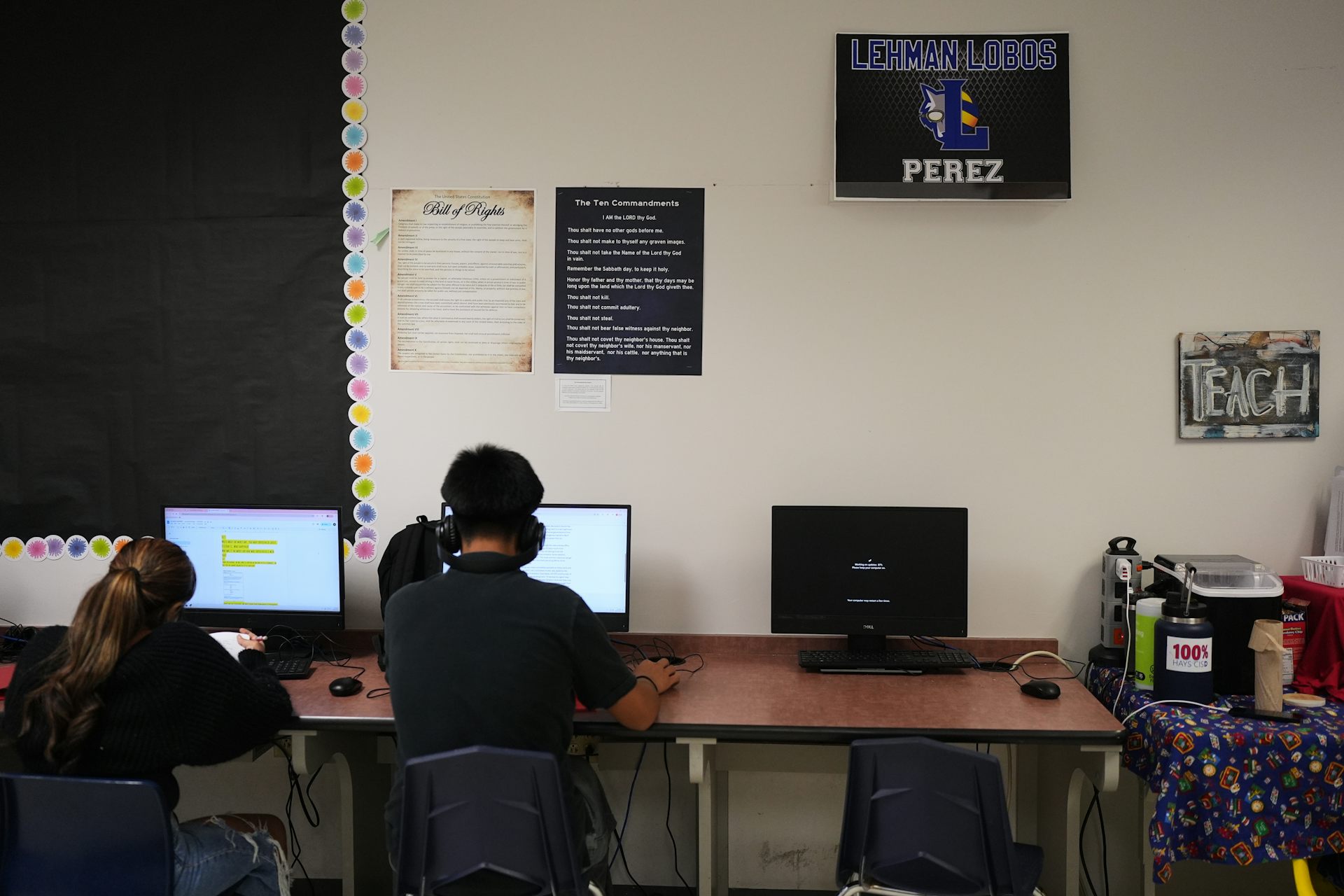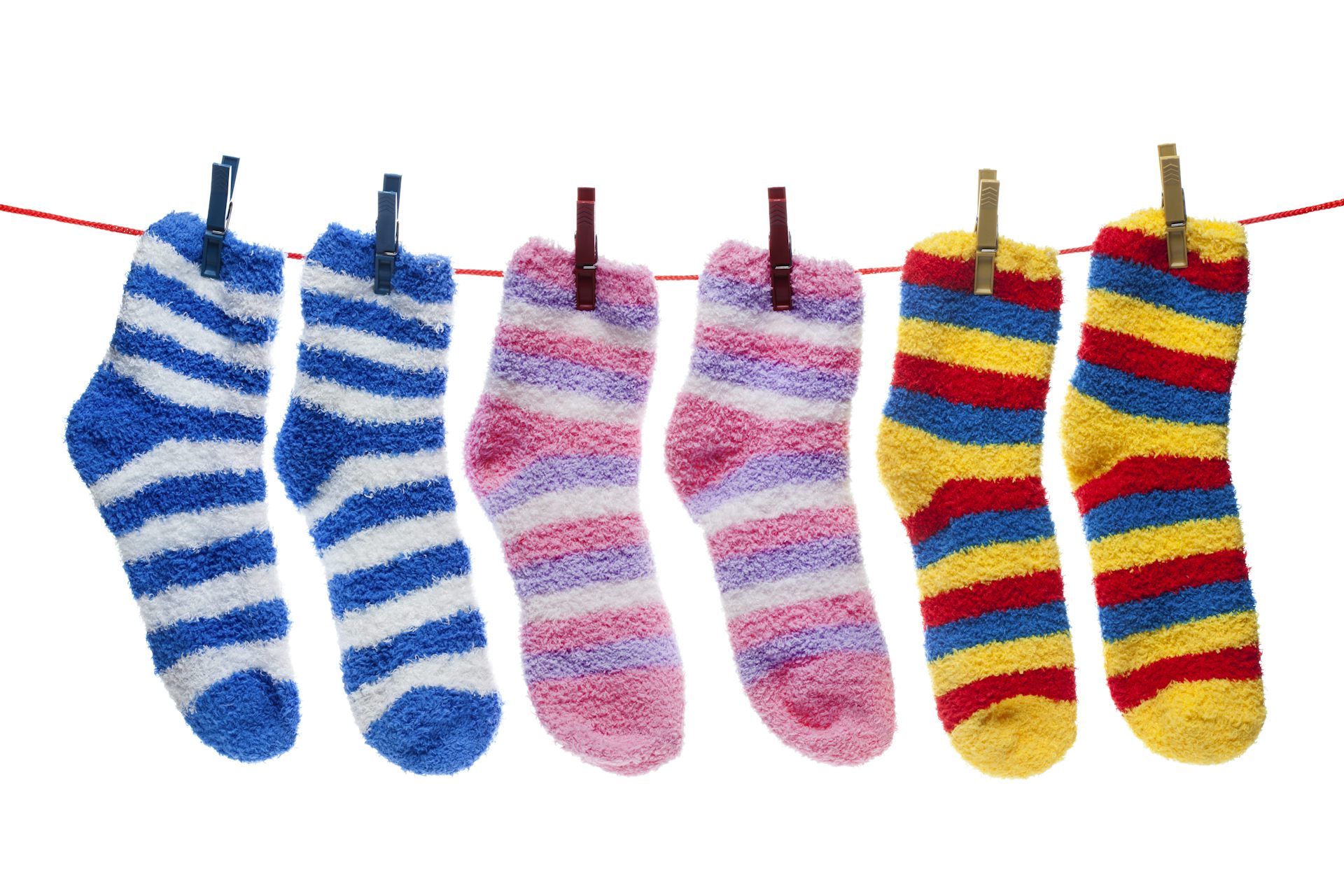Companies keep selling harmful products – but history shows consumers can win in the end
Health leaders, researchers, advocacy groups, companies and the public have saved millions of lives by reducing the consumption of unhealthy products.

In 2023, 42 state attorneys general sued Meta to remove Instagram features that Meta’s own studies had shown – and independent research had confirmed – are harmful to teenage girls.
The same year, a report from the nonprofit Sandy Hook Promise found gun manufacturers were targeting the youth market with eye-catching ads and product placements in video games.
And in the run-up to the Paris Olympics, a leading international health journal urged the International Olympic Committee to end its relationship with Coca-Cola because of the increased obesity, diabetes, heart disease and high blood pressure associated with sugary drinks.
Social media, guns, sugar: These are all examples of what we call “market-driven epidemics.”
When people think of epidemics, they might think they’re caused only by viruses or other germs. But as public health experts, we know that’s just part of the story. Commerce can cause epidemics, too. That’s why our team coined the phrase in a recent study because you can’t solve a problem without naming it.
Market-driven epidemics follow a familiar script. First, companies start selling an appealing, often addictive product. As more and more people start using it, the health harms become clearer. Yet even as evidence of damage grows and deaths pile up, sales continue to rise as companies resist efforts by health authorities, consumer groups and others to control them.
We see this pattern with many products today, including social media platforms, firearms, sugar-sweetened beverages, ultra-processed foods, opioids, nicotine products, infant formula and alcohol. Collectively, their harm contributes to more than 1 million deaths in the U.S. each year.
How to fight a commercial epidemic
In our study, we asked two critical questions: Is it possible to combat such epidemics by changing the consumption patterns of millions of people? And if so, what does it take?
We found the answers by looking at decades of efforts to reduce unhealthy consumption of three products: cigarettes, sugar and prescription opioids.
In each case, Americans kept consuming more and more of these products, even in the face of growing health concerns, until a tipping point was reached. That was followed by steady declines in consumption.
The immediate cause for each tipping point varied considerably. For cigarettes, it was the trusted, authoritative voice of the U.S. Surgeon General unequivocally declaring in 1964 that smoking causes cancer.
In the case of sugar, one of the key moments was a high-profile 1999 petition titled “America: Drowning In Sugar” submitted by the Center for Science in the Public Interest and supported by 72 leading public health organizations and experts. The petition urged the Food and Drug Administration to require food labels to disclose the number of added sugars and their percentage of the daily recommended intake.
Once enacted, this policy helped consumers make healthier food choices, while also highlighting just how full of sugar many items on the market were.
And for prescription opioids, in 2011, the U.S. Centers for Disease Control and Prevention declared an opioid epidemic, signaling to doctors that they were overprescribing, and to the drug industry that it was acting irresponsibly.
In each case, success came after years of persistent efforts by scientists, public health officials and advocates to sway public opinion, often against the deliberate efforts of corporations to undermine them.
The 1964 report on smoking came after a decade of confusion that the industry had sown to distract the public from the scientific consensus about the harms of tobacco. The report offered conclusive authority that changed the narrative. Smoking went from being viewed as a widely accepted social custom to a deadly habit almost overnight. Today, just 1 in 9 American adults smoke, down from nearly half of all adults in 1954.
The push in 1999 by public health leaders connected the dots between rising obesity rates and sugar-laden foods and drinks. People began scrutinizing their diets, especially their sugar intake. As result, annual sugar consumption has since dropped by more than 15 pounds per person, erasing half of the amount of sugar Americans added to their diets between 1950 and 2000.
And the CDC report on opioids effectively communicated to doctors that they couldn’t just rely on patients to avoid misuse of the highly addictive drugs, underscoring their responsibility to help control the epidemic by reducing prescriptions of opioids such as OxyContin. Since the report, opioid prescription has been reduced by 60% – more in line with actual medical need.
Learning from the past
While there are no easy solutions for today’s market-based epidemics, we can learn from history about steps that can be effective in reducing the consumption of harmful products.
Changing attitudes on smoking show that an authoritative governmental voice can still be immensely useful to combat corporate resistance and the spread of corporate mis- and disinformation.
It can be effective to provide clear guidance about products and alternatives, as public health leaders did in telling consumers to cut consumption of sugar-sweetened beverages.
And from opioids, we can learn that applying pressure to those who make decisions about consumption, who are not always the consumers themselves, can be immensely powerful in bending patterns of use.
Despite the progress made in these three cases, the U.S. continues to face ongoing and emerging epidemics of unhealthy products. For example, while smoking has dramatically declined, the shift to vaping and other nicotine delivery products is creating new challenges, especially among teenagers.
Meanwhile, gun deaths keep rising, and firearms are now the leading killer of children under 18, and the gun industry remains committed to opposing public health measures to reduce gun violence.
And ultra-processed foods now account for nearly 60% of the average American’s diet, yet as new evidence confirms their harms, the food industry defends them.
But our research shows that these problems can be solved – that it is in fact possible to change millions of Americans’ behavior. This is very good news. It means sound evidence and public health action can turn the tide on some of the world’s biggest health challenges, potentially saving millions of lives and billions of dollars in health-care costs.
The authors do not work for, consult, own shares in or receive funding from any company or organization that would benefit from this article, and have disclosed no relevant affiliations beyond their academic appointment.
Read These Next
The Supreme Court’s decision on birthright citizenship will depend on its interpretation of one phra
Advocates for each side will provide a different explanation for who falls under ‘the jurisdiction’…
Vaccine committee votes to scrap universal hepatitis B shots for newborns despite outcry from childr
The decision undoes a highly effective 34-year prevention strategy that has nearly eliminated early…
3 states are challenging precedent against posting the Ten Commandments in public schools – cases th
New laws mandating the Ten Commandments’ display in schools have faced lawsuits in Texas, Louisiana…






